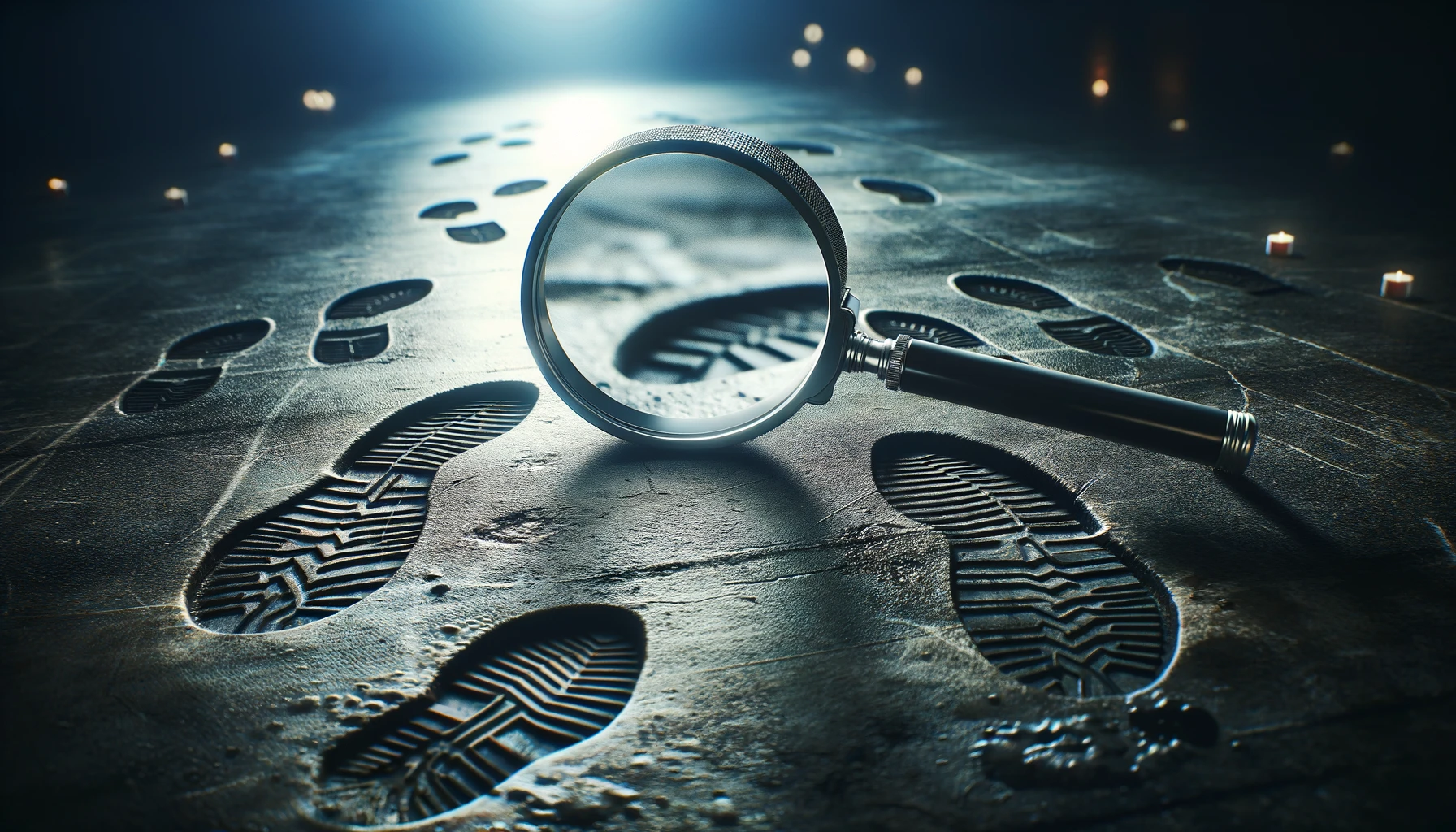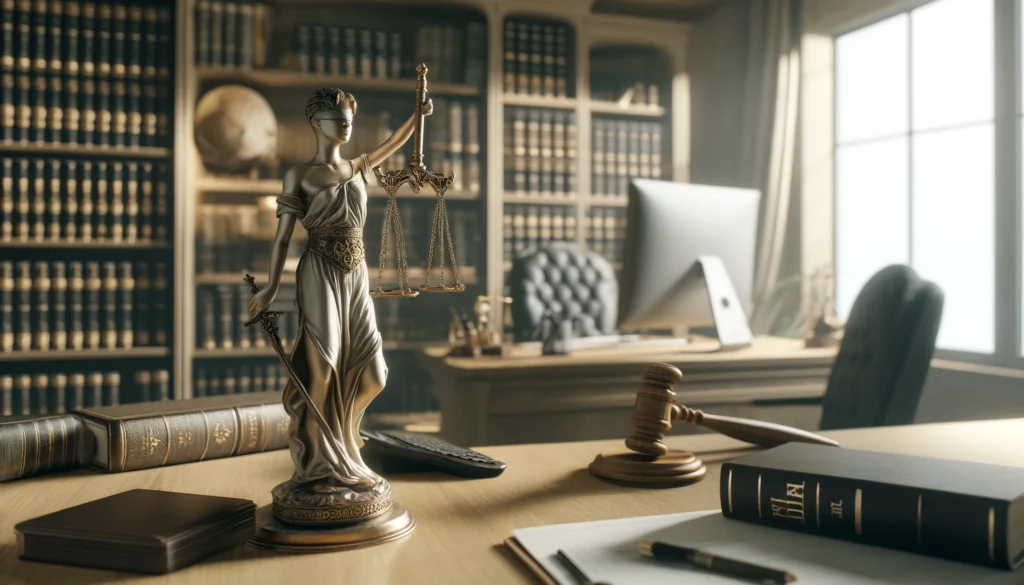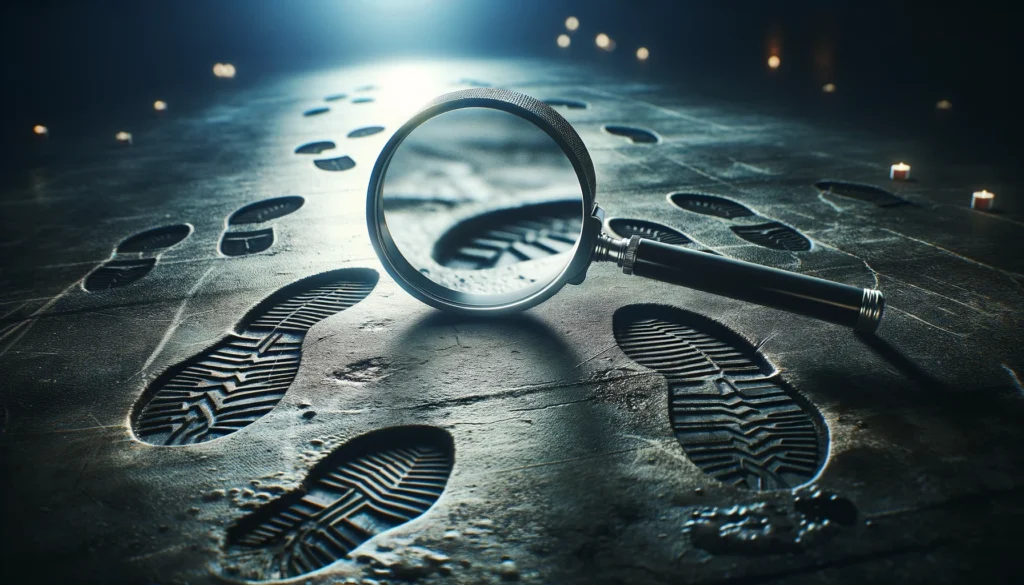
Evidence: The Cornerstone of Criminal Defense
In the high-stakes arena of criminal defense, evidence reigns supreme. A case’s outcome often hinges on the meticulous analysis of witness statements, police reports, forensic evidence, and other crucial pieces of the puzzle. Each document, each photograph, each piece of data can hold the key to proving a client’s innocence, uncovering procedural errors, or negotiating a favorable plea deal.
Yet, the sheer volume and complexity of evidence can be overwhelming. Defense attorneys and paralegals often find themselves racing against the clock, sifting through mountains of information to identify the critical details that can make or break a case.
Enter ChatGPT, the AI-powered language model that’s transforming the way legal professionals approach evidence analysis. Its ability to quickly process and summarize vast amounts of text offers a game-changing solution for those navigating the complexities of criminal defense.
ChatGPT: Your Evidence Analysis Assistant
ChatGPT, the AI-powered language model, isn’t just a writer; it’s a tireless investigator. Its ability to sift through dense information at remarkable speed makes it an invaluable tool for tackling the evidence mountain that often comes with criminal defense work. Here’s how it can help:
- Information Extraction: ChatGPT can be tasked with pulling out specific details from various sources. Need to know every instance a witness mentions a particular object? ChatGPT can find it. Want a list of all dates and times from a police report? It can compile that too.
- Summarization and Synthesis: Confronted with lengthy witness statements or convoluted forensic reports? ChatGPT can condense this information into clear, concise summaries, highlighting key points and potential inconsistencies.
- Pattern Recognition: By analyzing multiple documents or statements, ChatGPT can help identify patterns of behavior, contradictions in witness testimony, or gaps in the evidence that might be exploited for the defense.
Important Note: It's crucial to remember that ChatGPT is a tool, not a substitute for legal expertise. It cannot independently assess the legal weight of evidence or make strategic decisions about a case. However, by providing a faster, more efficient way to process and organize information, it allows attorneys and paralegals to focus their valuable time and expertise on higher-level analysis and strategy.
To effectively leverage ChatGPT in evidence analysis, mastering the art of prompt engineering is key. Let’s delve into specific prompt techniques to maximize its potential in your criminal defense work.
Also read:
Prompting for Evidence Analysis Success
Crafting effective prompts is the key to unlocking ChatGPT’s full potential for evidence analysis. By providing clear instructions and targeted questions, you can transform ChatGPT into a virtual investigator working tirelessly on your behalf. Here are some specific examples tailored to different types of evidence:
Prompts for Witness Statements
- Prompt: “Analyze this witness statement for inconsistencies or contradictions. Pay close attention to details like dates, times, and descriptions of events. Highlight any statements that conflict with other known evidence.”
- Purpose: Uncover potential weaknesses in witness testimony that can be used for cross-examination or to challenge the credibility of the witness.
Prompts for Police Reports
- Prompt: “Extract all details from this police report that are relevant to the elements of the charged crime(s). Organize the information by date and time, highlighting any potential procedural errors or missing information.”
- Purpose: Quickly create a structured timeline of events and identify potential areas for legal challenge.
Prompts for Forensic Reports
- Prompt: “Summarize the findings of this forensic report in plain language, avoiding technical jargon. Highlight any conclusions that could support the defendant’s claim of innocence or cast doubt on the prosecution’s theory of the case.”
- Purpose: Make complex scientific findings accessible and identify potential exculpatory evidence.
Prompts for Surveillance Footage
- Prompt: “Describe the events depicted in this surveillance footage in chronological order. Note any details that contradict the prosecution’s version of events or that support the defendant’s alibi.”
- Purpose: Extract relevant information from visual evidence and pinpoint potential discrepancies or inconsistencies.
Additional Tips for Prompt Engineering
- Be Specific: The more precise your instructions, the more accurate ChatGPT’s output will be.
- Provide Context: If relevant, include information about the case, charges, or specific legal issues you’re focused on.
- Iterate: Don’t be afraid to ask follow-up questions or refine your prompts based on ChatGPT’s initial responses.
Beyond the basics of summarizing and extracting information, ChatGPT can also be used for deeper analysis of evidence. Let’s explore these possibilities…
Also read:
Beyond the Obvious: Uncovering Hidden Insights
ChatGPT’s ability to analyze language and patterns can be leveraged to uncover hidden insights within evidence, offering a deeper understanding of witness credibility, potential biases, and underlying narratives.
- Sentiment Analysis: By analyzing the language used in witness statements or police reports, ChatGPT can identify emotional undertones, revealing potential bias, uncertainty, or even deception. This can help defense attorneys tailor their cross-examination strategy or challenge the reliability of certain evidence.
- Pattern Recognition: Feeding ChatGPT multiple pieces of evidence, such as witness statements, surveillance footage descriptions, and police reports, can reveal discrepancies, inconsistencies, or patterns that might otherwise go unnoticed.
- Narrative Analysis: ChatGPT can help identify the underlying narratives present in the evidence. This can help defense attorneys understand the prosecution’s theory of the case and develop counter-narratives that support the defendant’s innocence.
- Hypothesis Generation: Based on the available evidence, ChatGPT can generate potential explanations or alternative scenarios that could explain the events in question, providing new avenues for investigation or defense strategies.
Remember: While ChatGPT can offer valuable insights, it's crucial to interpret its analysis with a critical eye and legal expertise. AI is a tool to enhance, not replace, human judgment and intuition.
Given the power and potential of AI in legal work, it’s important to address ethical considerations and the need for careful verification. Let’s wrap up with a discussion of responsible AI use in criminal defense…
Also read:
Ethical Considerations and the Importance of Verification
ChatGPT is a powerful tool that can significantly enhance efficiency and uncover crucial insights within evidence analysis. However, it’s imperative to remember that it’s a tool, not a replacement for legal judgment or expertise.
Key Considerations:
- Verification is Paramount: Always verify any information or analysis generated by ChatGPT. Cross-reference facts with original sources, consult with experts if needed, and ensure legal conclusions are sound.
- Ethical Boundaries: Over-reliance on AI can lead to overlooking critical nuances in the evidence or potential biases within the data. Legal professionals must remain vigilant and ensure their use of AI aligns with their ethical obligations to clients and the justice system.
- Transparency: Be transparent with clients and colleagues about the use of AI tools. Explain the capabilities and limitations of ChatGPT, and clearly delineate the areas where human judgment is essential.
A Collaborative Approach:
By embracing a collaborative approach, where AI augments human skills and expertise, criminal defense professionals can leverage ChatGPT’s power while maintaining the highest standards of ethical practice. This synergy can lead to more thorough evidence analysis, stronger defense strategies, and ultimately, a fairer and more just legal system.


